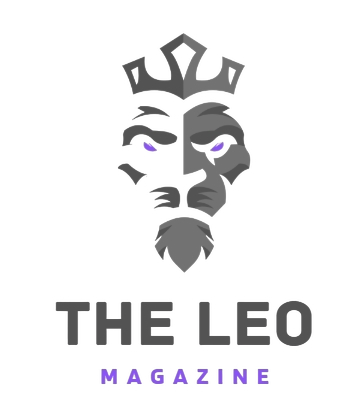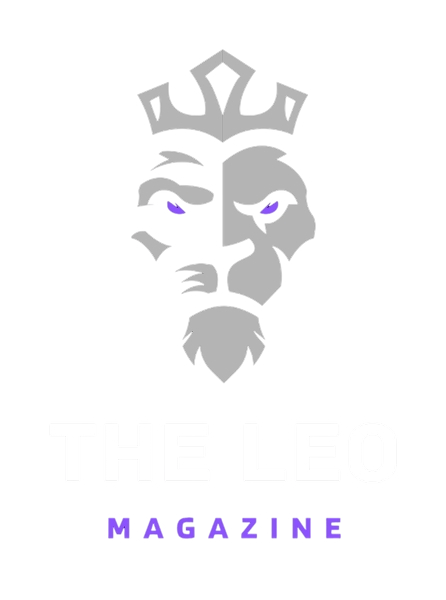These days, fashion is more than just fabric; it’s also culture, discourse and awareness. Gen Z Fashion Trends are now a daily performance on social media sites like Instagram and TikTok, where young people create identities and have an immediate impact on global style. Gen Z and Millennials are spearheading a revolution in which their clothing choices reflect values, identities and societal direction
Whether it’s the resurgence of classic aesthetics or tech-infused materials, Gen Z fashion trends are upending the conventions of style.
Fashion used to follow culture. These days, fashion frequently sets the pace.
These days, social media is the new runway. Instagram reels and TikTok videos that feature secondhand finds, fashion challenges and styling tips have more influence than magazine editorials. A 15-second video can now spark a trend that spreads around the world in a matter of hours. Fashion brands are keeping a close eye on social media to find new trends in fashion and subcultures that appeal to young people.
Designers now a day don’t depends on traditional fashion calendar. Rather, they are finding inspiration in online personalities, digital communities and viral content. The power of Gen Z is so great that it is changing the very foundation of trends from prestigious institutions to regular people with a phone and an idea.
I have a personal philosophy in life: If somebody else can do something that I’m doing, they should do it. And what I want to do is find things that would represent a unique contribution to the world – the contribution that only I, and my portfolio of talents, can make happen. Those are my priorities in life.
There’s a lot to do in space. I want to learn more about the greenhouse effect on Venus, about whether there was life on Mars, about the environment in which Earth and the Sun is immersed, the behavior of the Sun.
90s and 2000s Y2K Mood – Nostalgia with a Twist
Y2K style is back, but it’s different.
Styles from the late 1990s and early 2000s, like butterfly clips, low-rise jeans, metallic eyeshadow, and tiny handbags, have returned due to a rise in nostalgia.. However, exact replicas are not the point here. Modern trends like flexible gender roles, bold self-expression and inclusive sizing are all products of Gen Z Fashion Trends. There has never been a more vibrant vintage. Apps like Instagram vintage shops and Depop are very popular. Influencers are reinterpreting classic Y2K pieces in ways that celebrate individualism and contemporary identity politics, while brands are reissuing previous collections. What was once considered mainstream has become subversive, transforming nostalgia into a kind of activism for forward-thinking fashion.
Gorpcore & Techwear – Where Utility Meets Aesthetic
Adventure wear is popular on sidewalks and in selfies, so it’s not just for trails anymore.
Gorpcore, which has its roots in practical outdoor gear, combines street style in functionality. Consider wearing layered cargo pants, hiking boots, fleece pullovers and waterproof windbreakers for daily wear rather than hiking. It reflects Gen Z’s love of tough design, environmental consciousness, and functionality. This is furthered by techwear, which combines futuristic design with fashion through features like breathable fabrics, concealed compartments, waterproof zippers and clever detailing. This urban armor is about being prepared for a world that moves quickly and without warning, not just about style. These patterns collectively demonstrate how form and function are valued by younger generations.
Coquette Aesthetic – Softness with an Edge
Trend-Driven Purchases: Gen Z & Millennials as Style Architects
Influenced by creators, viral moments and ethics, Gen Z Fashion trends are making intentional fashion choices. They’re more likely to shop after watching a TikTok styling video or being inspired by a thrift flip on Instagram than from a traditional ad campaign
Slow fashion, circular economies, and ethical fashion are becoming more popular. Although fast fashion is still popular, a trend toward values-driven shopping is challenging it.. What matters more now is the story behind the piece: Who made it? How sustainable is it? Does it reflect my beliefs?



TikTok to Runway: A New Fashion Pipeline
TikTok has evolved into a fashion incubator. Designers are watching what goes viral whether it’s a “get ready with me” video, an aesthetic playlist, or a dance challenge. Many now build collections around popular themes like “clean girl,” “bloke core,” or “dark academia.”
Even luxury brands are collaborating with Gen Z creators and adapting their runway timelines to reflect online momentum. This shift has democratized fashion, giving power to fresh voices and unconventional innovators.
Regenerative Textiles – Not Just Sustainable, But Restorative
Sustainability is being redefined.
Gen Z isn’t satisfied with just “less waste” they’re asking for net positive fashion. Enter regenerative textiles: materials that go beyond eco-friendliness to actively repair and restore the environment. Fashion is shifting from a harmful industry to a healing one. And Gen Z is holding brands accountable, pushing for climate-positive innovations and supply chain transparency.
Future Style Is Being Shaped by Gen Z Fashion Trends
Style is now a platform to express your truth rather than a trend to follow. Whether it’s NFTs, virtual wardrobes, or climate-aware couture, Gen Z fashion is both responsible and rebellious.
Conclusion: Fashion’s Revolution in Motion
Gen Z is bold, international and values-driven when it comes to fashion. It’s not just about trends; it’s about transformation. Fashion is becoming more experimental, ethical and expressive thanks to today’s youth. They are fusing technology with texture, action with aesthetics and nostalgia with innovation.


